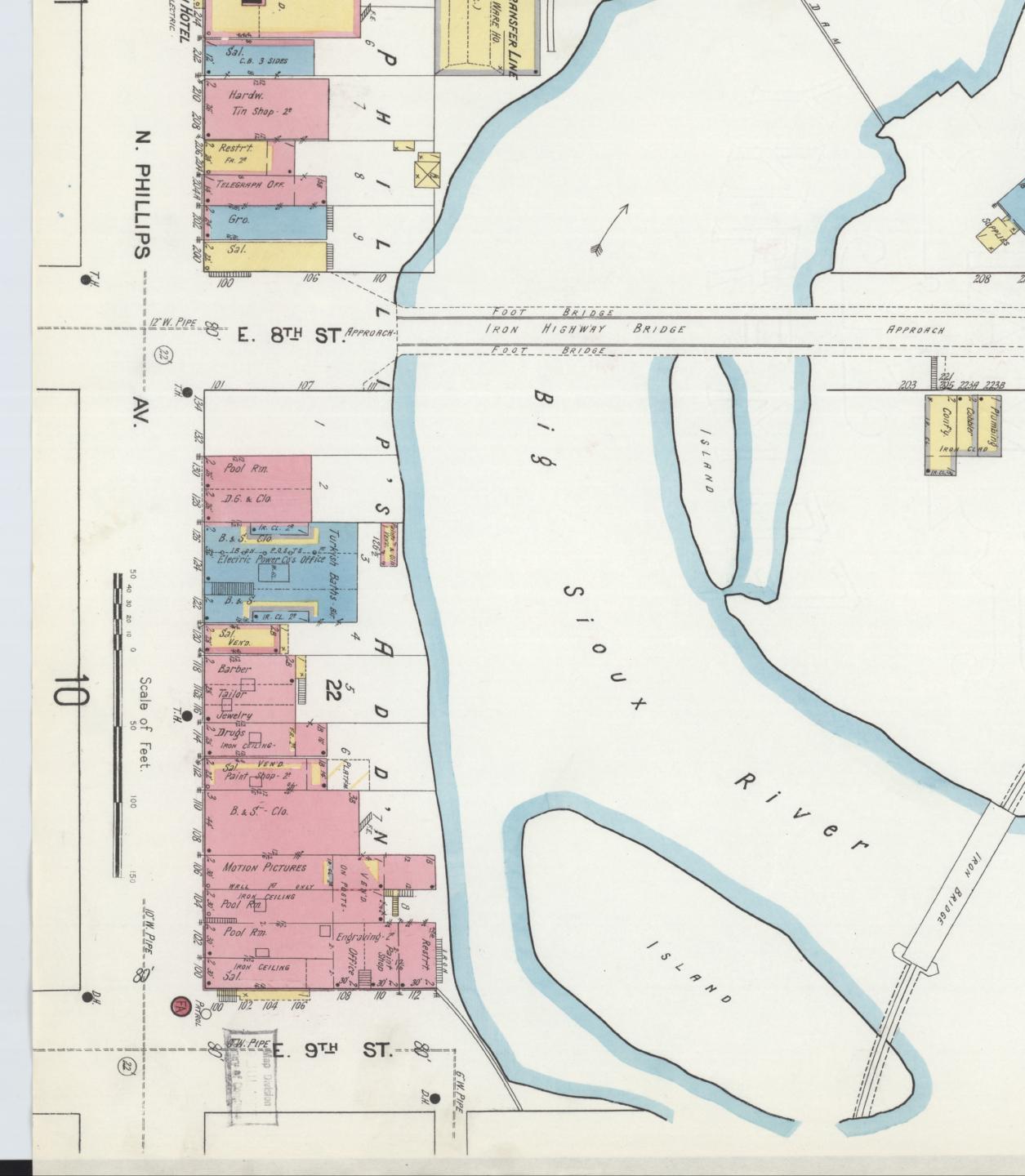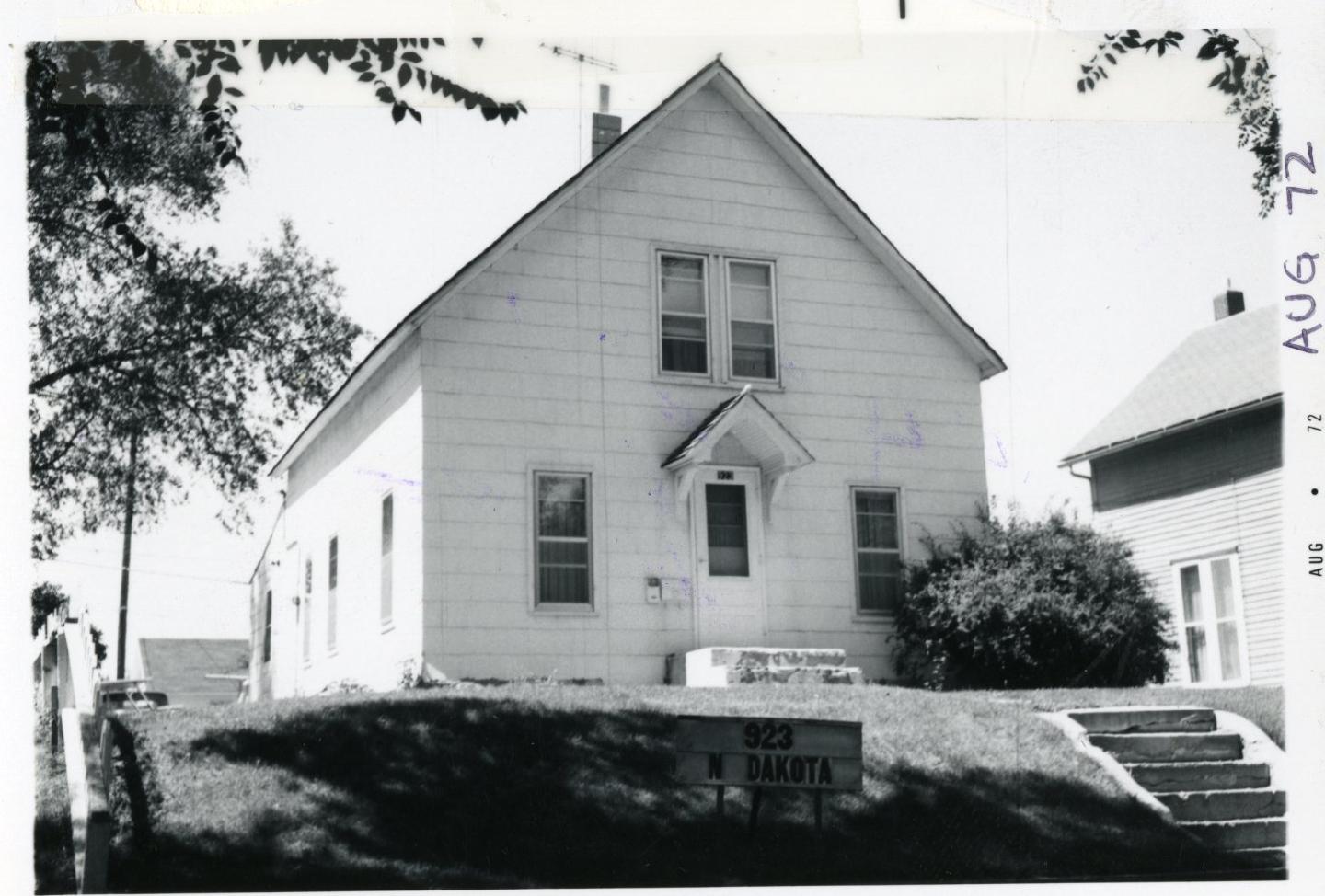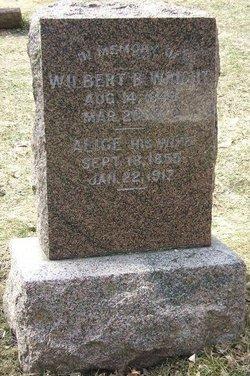
During the late 19th century, Sioux Falls was a growing city attracting newcomers to the western frontier arriving via the railroad system. Along with this came new employment opportunities for Black men in occupations such as barbers and luggage porters. One such man was Wilbert B. Wright, who became renowned as a Black businessman and barber while also mentoring African Americans by helping them to develop their trade skills.
On October 11, 1889, the city of Sioux Falls was bustling with excitement as citizens awaited the arrival of the U.S. President William McKinley to their small municipality nestled on the northern plains. Standing among the dozens of the likes of prominent White citizens such as Dr. S. Olney, Dr. Woodworth, Judge J.W. Jones, lawyers, and bankers, was a sole Black barber and businessman by the name of Wilbert B. Wright. While the United States struggled with what African American scholar W.E.B. Du Bois termed the “color line,” this barber had established himself as one of the premier entrepreneurs in the city. When occupations for African Americans were limited during the late nineteenth century, Wilbert B. Wright exemplified what it meant to be a successful Black businessman in Sioux Falls through the barbershop he owned and his community standing.
African American men worked as barbers dating back to the pre-Civil War period when they were trained to perform these tasks for their own Black communities. Learning a trade such as haircutting gave African American men higher status and more privileges during slavery, resulting in their continued practice of the occupation following emancipation. Applying these skills to jobs after 1865 provided economic opportunities for Black men when job prospects were limited to janitors, waiters, cooks, and mechanics. Black barbers often attained a level of financial success that opened the door to become business owners.
The Cataract Hotel, which opened in 1871 at the northwest corner of 9th St. and Phillips Ave., employed several Black barbers and luggage porters who served their guests, attracting African American workers from around the state of South Dakota and the Upper Midwest region. While barbers and porters at the hotel experienced some economic success, they also faced racial discrimination from the community. Racist superstitions surrounding Black barbers might scare away potential customers, such as sitting in a barber's chair after a Black man guaranteed you would get cut while being shaven, while luggage porters were regularly criticized for their poor performance and accused of thievery. Despite these challenges, the Cataract Hotel soon established itself as an ideal employer where Black men could advance their trade skills and improve social mobility. Barbers, for instance, were unionized and set a standard 15 cent minimum rate for their services. Previously there had been no base rate, resulting in unpredictable pay.
Wilbert B. Wright owned his barbershop two blocks away from the Cataract Hotel in downtown Sioux Falls, operating under “Manning and Wright” in the early 1880s, “Wright and Banks” around 1885-1900, and finally “Central Barbershop,” with the storefront names connoting proprietorship changes from secondary partner to primary or sole partner. As his business prospered, Wright continued to expand as he acquired larger building spaces and utilized the latest techniques to serve his patrons. The local newspaper even praised–or more strongly, promoted–a hair loss prevention product that Wright had developed in which he applied a vegetable-based compound on scalps. Wright's business continued to flourish as he mentored new barbers, such as Harvey Mitchell, John Ernisse, and John Dorsey, and quickly established himself as the premier downtown barbershop. Due to the economic success, Wright purchased a house at 923 N. Dakota Ave. where he lived with his wife Agnes. By 1900, only one out of every five Black males was a homeowner nationwide.
Wilbert Wright was not only respected as a businessman, but he was also an active community member. When President McKinley came to visit Sioux Falls in October 1899, Wright was a member of the welcoming committee selected to represent the city. This appointment to greet the President represents racial acceptance as he served with a White majority delegation including judges, bishops and doctors. Alongside his successful personal endeavors, Wright would likely have been praised as part of W.E.B. Du Bois’s “talented tenth” as his sons followed in their father’s footsteps into the educated professional class. His son, Harry, became one of the first Black students to graduate from a Sioux Falls High School before attending Howard University in Washington, D.C., to be trained as a dentist.
During the late nineteenth century, Black newcomers to Sioux Falls, South Dakota, usually worked at porters or barbers. Wilbert B. Wright proved that it was possible to become a successful entrepreneur and community member as a Black man in a predominantly White city, setting a precedent for future African Americans business owners like Harvey Mitchell, Daniel Coates, and Maurice Coakley in the future.
Images


